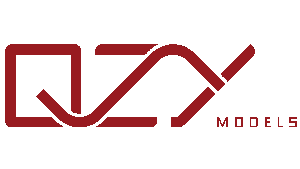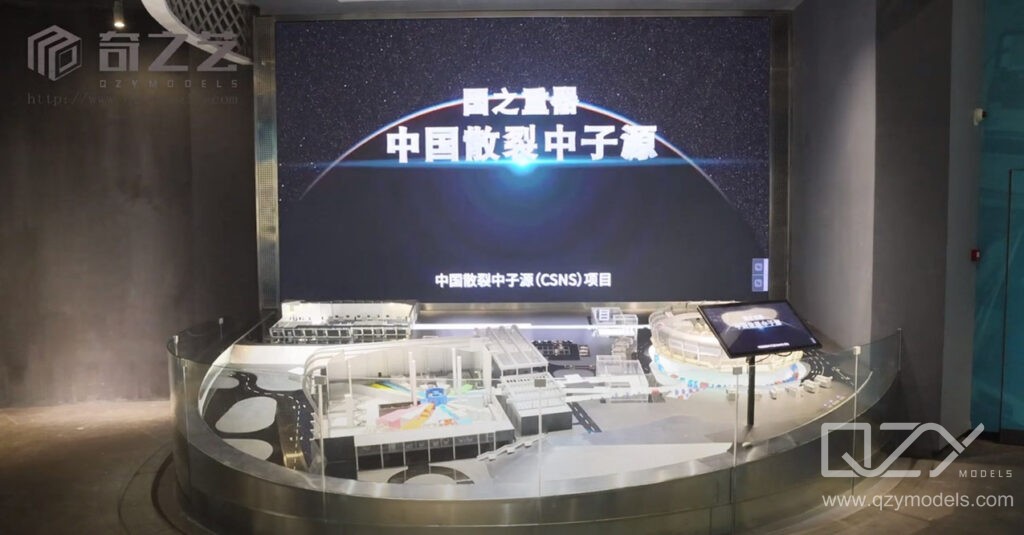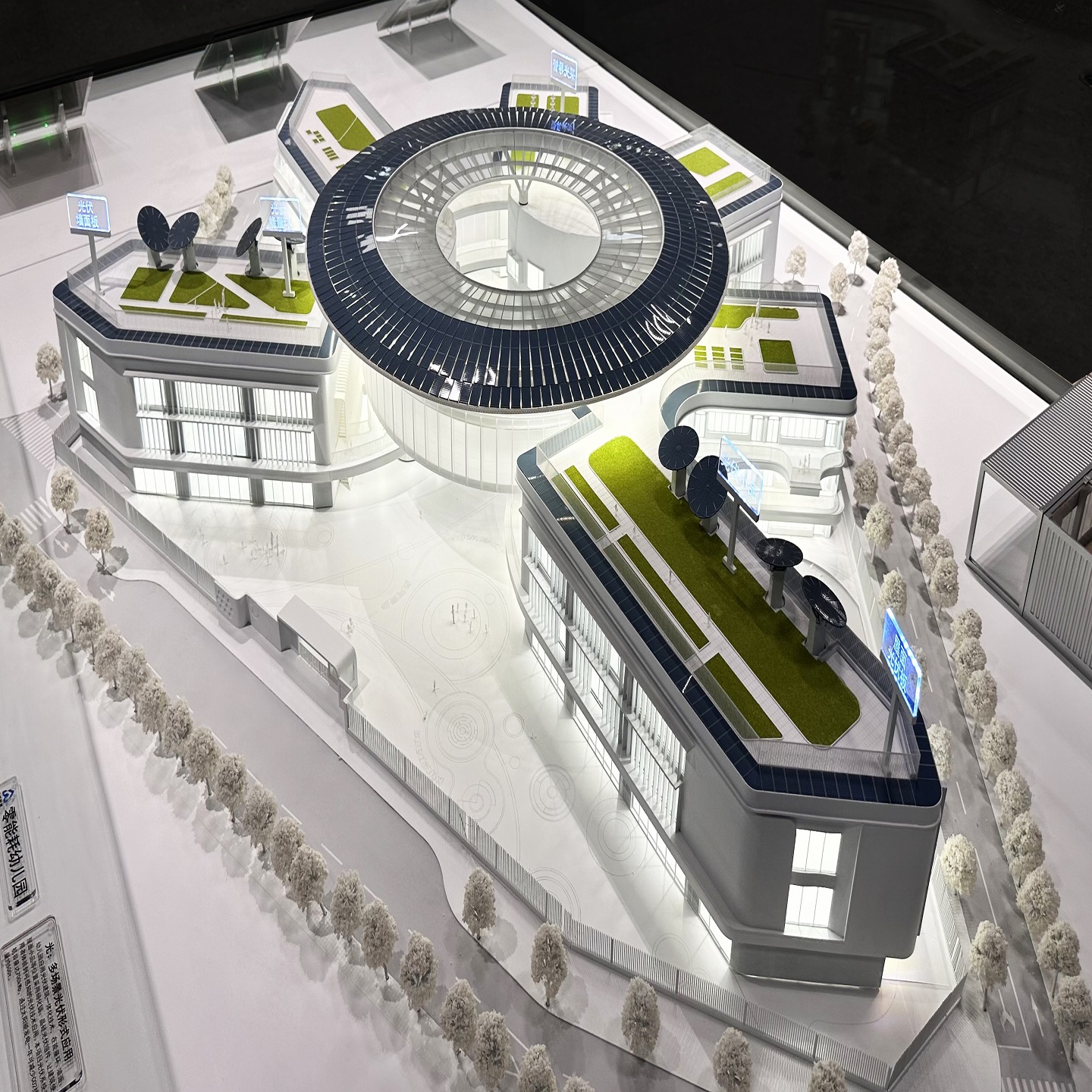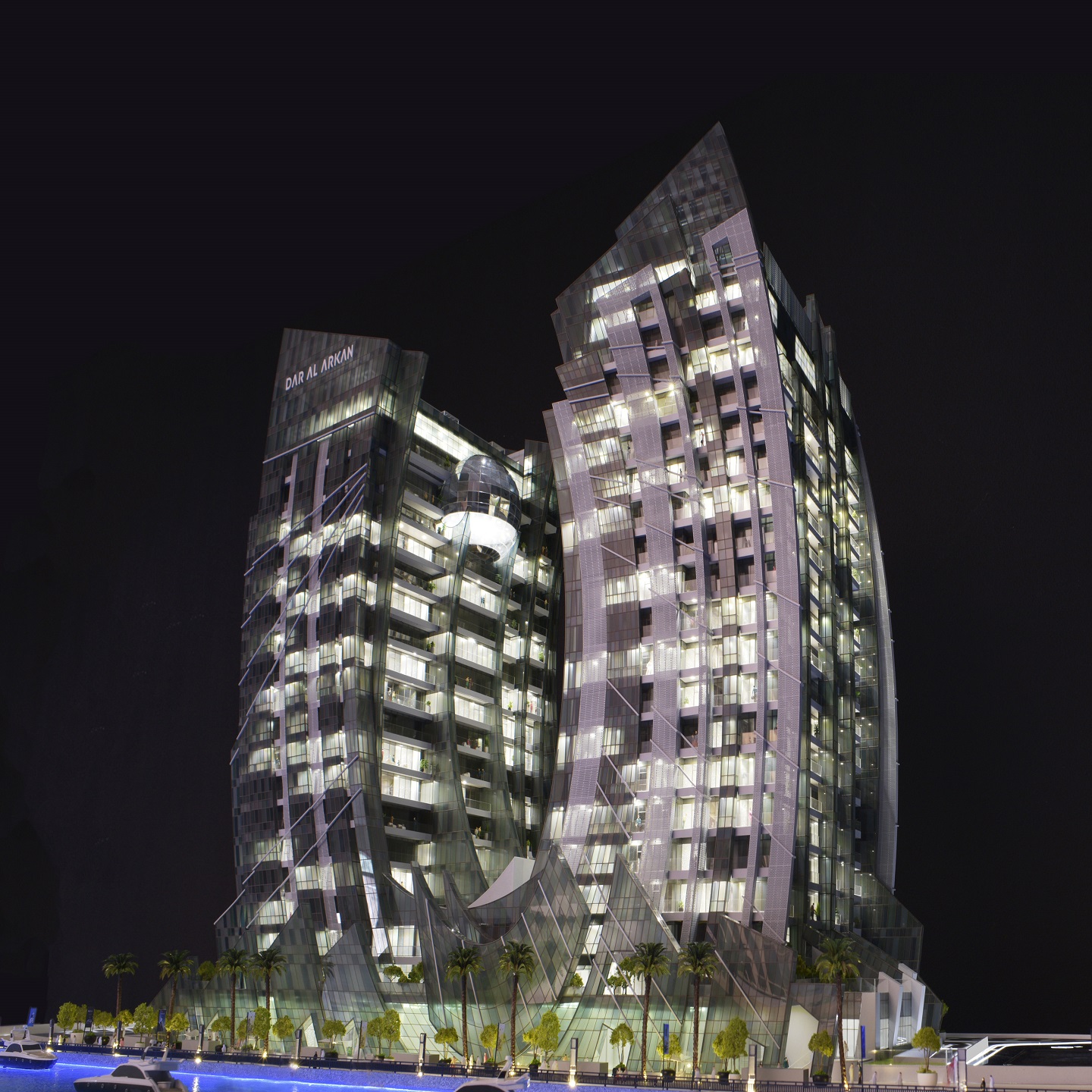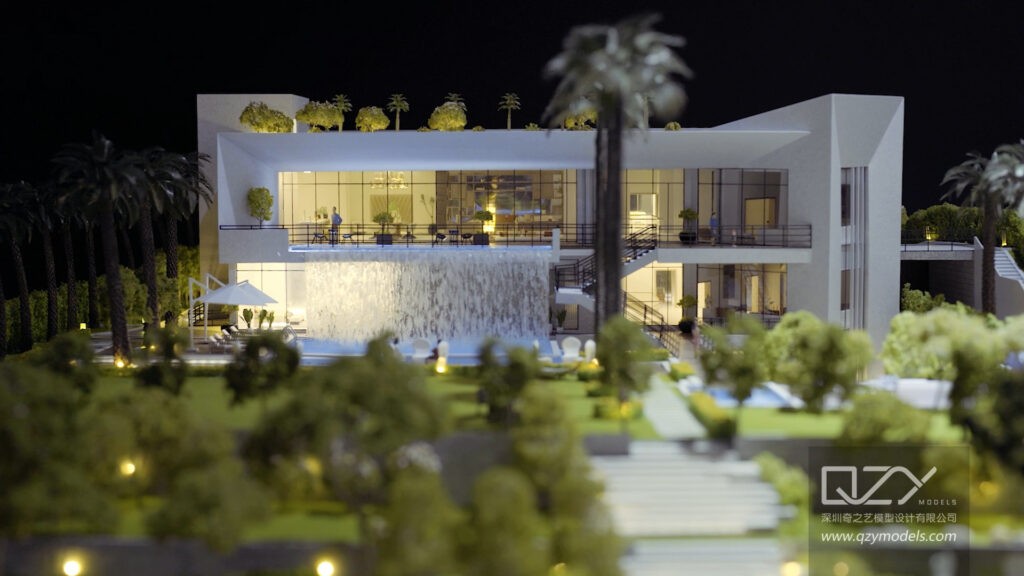When building detailed scale models of architectural structures, landscapes, or hobby materials, lighting is the element that will take your project from good to great. Model miniature lights are a necessary model-making tool to add realism and beauty to models. In this article, we will observe how miniature lighting impacts your work, selecting the right lights, and how to install them, with a complete insight into one of the most critical components in model-making.
What is Miniature Lighting for Models?
Miniature lighting refers to small lights used in model-making to replicate real-world lighting effects. The lights are usually used in scale models of buildings, cars, landscapes, and other miniatures to bring the scene to life. The lights can have tiny bulbs or LEDs that simulate streetlights, lamps, windows, or ambient lighting, creating realistic lighting effects on a smaller scale. Whether you’re lighting a model train station, a building, or a diorama, model miniature lights provide that extra realism and beauty.

The Impact of Miniature Lighting on Model Aesthetics
Miniature lighting plays a significant role in the aesthetics of a model. Proper lighting can turn an otherwise lifeless piece into something dynamic and interesting. Here‘s why:
-
Enhanced Realism: In the real world, environments are never fully dark. Even within the most remote locations, a light source can always be found—whether from streetlights, windows, or moonlight. By adding small lighting on models, you can replicate this aspect of the real world and give your models a hint of life and realism.
-
Mood and Atmosphere: Lighting can build mood. Dim, warm lighting can be used to create a cozy, warm atmosphere, but cold, cold lighting can add a dramatic or futuristic feel to a scene. Based on whether you want your model to feel serene or energized, miniature lighting offers the power to rule the atmosphere, dictating whether the viewer loves it or not.
-
Focus and Detail: Lighting will also enable you to select specific details on your model and draw attention to the parts that you want to emphasize. By strategically placing lights, i.e., in windows or close to specific features, you can guide the viewer’s eye to the most critical aspects of the model, heightening the story of your work.
-
Night-Time Effects: Most models appear particularly beautiful during the night. Model mini lights allow for night-time effects to be achieved, whereby your model can be converted into an illuminated scene. This is particularly beneficial in architectural models, as it allows prospective clients an idea of what the building will resemble in different lighting conditions.
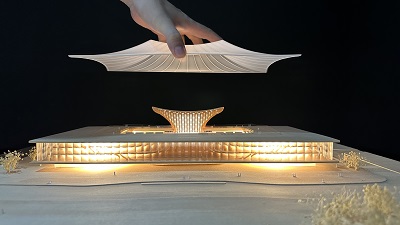
Leading architectural model makers like QZY Models use miniature lighting to enhance the aesthetic appeal of models, elevating their concept design architecture and making their custom models more visually captivating. With expertise in everything from residential buildings to large-scale urban landscapes, QZY ensures your model stands out.
Types of Miniature Lights for Models
There are several different kinds of miniature lights available to use, each appropriate for something slightly different. These include some of the following most common possibilities:
-
Miniature LED Lights: These are among the most popular options due to their low power usage, long lifespan, and versatility. Miniature LEDs can be used to create anything from streetlights to glowing windows. They come in various colors, brightness, and sizes, so they can be used for different projects.

-
Scale Model Lighting Kits: They are easy to use and come with all that you would need to light your models. They often include small bulbs, wires, and other hardware and are great for starters. Scale model lighting kits make it easy and convenient for you to light your models without the need to purchase individual parts.
-
Incandescent Bulbs: While not as popular today due to the efficiency of LEDs, small incandescent bulbs are still a good option for some models. They give off a warm, soft light ideal for creating vintage or retro lighting effects.
-
Fibre Optic Lights: For intricate lighting effects or tiny details, fiber optics could be a great choice. They are ideal for creating small, pinpoint lights, such as starry night skies or soft light sources in miniature buildings.
-
Neon Lights: Neon miniature lights can give your model a very unique effect, especially if you’re creating something with a modern or futuristic theme. These lights are ideal for signs, billboards, or other bright effects that need to stand out.
| Type of Light | Energy Efficiency | Lifespan | Best For | Advantages | Disadvantages |
| Miniature LED Lights | High | Long | Streetlights, glowing windows, versatile use | Low power consumption, versatile, various colors/sizes | Requires proper wiring setup |
| Scale Model Lighting Kits | Varies (depends on components) | Varies | Beginners, all-in-one lighting setup | Complete kits, easy to use, no need for separate parts | May require assembly and more planning |
| Incandescent Bulbs | Low | Short | Vintage/retro effects | Warm, soft glow, nostalgic effect | Less efficient compared to LEDs |
| Fibre Optic Lights | High | Very Long | Pinpoint lights, small details, starry skies | Precision lighting, fine details | Complex installation can be fragile |
| Neon Lights | Medium | Medium | Modern/futuristic designs, signs, advertisements | Unique, vibrant, eye-catching effects | Can be expensive, requires special components |
For clients seeking detailed, high-quality architectural models, QZY Models offers expert lighting solutions for custom models. With a strong presence in global markets, including the UAE and Italy, QZY Models combines advanced lighting techniques with precision craftsmanship to create models that illuminate beautifully.
How to Choose the Right Miniature Lighting for Models?
Choosing appropriate lighting for your models is based on some factors. Keep the following factors in mind while choosing miniature lighting:
-
Scale and Size of the Model: Your model size will determine the type and quantity of light you will need. Larger models may require more intense lights or more advanced lighting systems, while smaller models can be illuminated by tiny LED lights or even fiber optics.
-
Purpose of the Model: Are you making a model for a paying client, or is it something you’re working on as a hobby? If you’re working on a client project, pay attention to the client’s own needs and what the lighting can be used to accentuate on their model. For hobby work, consider what kind of ambiance and look you’re aiming to achieve.
-
Type of Lighting: As mentioned, there are several types of miniature lights available. Decide whether you want a warm, soft light or a more dramatic and bold one. LED lights are generally the most all-around versatile option, but other options such as fiber optics or incandescent bulbs might be better suited to some effects.
-
Energy Efficiency: If you have a model that will be running for long amounts of time, energy efficiency becomes important. LEDs are typically the most energy-efficient and therefore best when used for lengthy periods of use. They tend to produce less heat as well, which helps keep your models in their peak condition.
-
Wiring and Installation: In preparing the lighting installation, pay attention to the wiring requirements. Some models may come with basic on/off switches, but others may appreciate a more complex system with dimmers or remote controls. Prepare your wiring in advance to enable an efficient installation process.

When choosing the right miniature lighting for your models, consider partnering with QZY Models, a trusted name in architectural modeling services. Their extensive experience with custom models ensures the perfect lighting solutions are implemented, enhancing the realism and functionality of your project.
Installation of Miniature Lighting for Models
Installing miniature lights for your models may be a worthwhile but sensitive process. Here‘s how to perform it step by step:
-
Plan the Lighting Layout: Organize ahead of time and carefully plan where you will position the lights. Measure out the spaces in which the lights will be installed, taking into account the proportion and effect that you want to achieve.
-
Prepare the Model: Depending on your model type, you may need to drill wire or light holes. Don’t damage your model while doing it. Drill super small holes with a fine drill bit that corresponds to the size of your mini lights.
-
Wire the Lights: Start with wiring the lights, following the instructions provided in your scale model lighting kit. For LEDs, wire them correctly so that they do not create short circuits or get damaged. Use small, clear wires to make them as inconspicuous as possible.
-
Test the Lights: Test the lights initially before fixing them in place. Plug in your model and check that all the lights are working as desired.
-
Secure the Lights: Once you are content with the test, secure the lights in place. Secure the lights in place with glue or small clips so that the wires are kept neat and clean.
-
Final Adjustments: After getting the lights locked in, any final adjustments for the effect to be just right, you may want to dim lights or adjust other lights for the fullest visual impact.
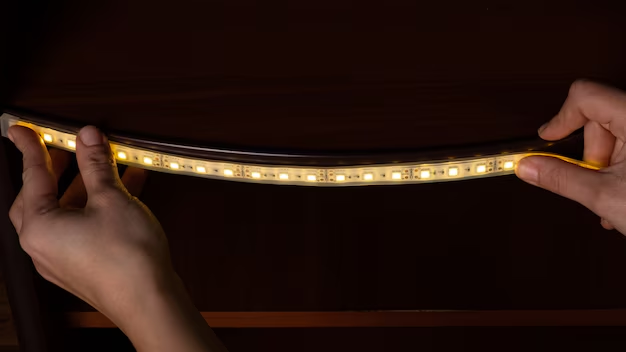
Final Thoughts
Model miniature lights are an effective tool for bringing your project to life. Whether you are building a small architectural model or a scale car model, the lighting can lend realism and also beauty to what you are working on. With so many different lighting options available, such as miniature LED lights, fiber optics, and neon lights, you have your pick of anything for your project. With consideration for the right lighting and a cautious installation process, you can create stunning, realistic models that glow.
Ultimately, miniature lighting can transform your model into a dynamic, lifelike representation. For custom models that demand precision and creativity, QZY Models offers unmatched architectural modeling services with over two decades of experience. Whether you’re working on a small residential project or a large-scale urban development, QZY’s expertise in concept design architecture ensures your models stand out.
FAQs
1. How can QZY Models help with architectural model making?
QZY Models, a leading model-making company, specializes in custom models for a variety of sectors, including architecture, landscape design, and exhibitions. With over 20 years of experience, they provide tailored architectural modeling services to meet the needs of global clients.
2. How do I choose the right lighting for my model?
Consider the model’s size, purpose, and energy usage, as well as the type of lighting style (LEDs, fiber optics, etc.) that will suit your needs.
3. Are miniature lights for models easy to install?
Miniature illumination is easy to install, especially when using scale model lighting kits, with proper planning and care.
4. Can I use miniature lights for models in outdoor models?
Yes, these tiny lights are specifically designed for use outdoors and are durable and weatherproof.
5. How do I wire miniature lights for models?
Follow the instructions with your scale model lighting kit and keep the wiring tidy, joining lights firmly so that there are no short circuits or damage.
